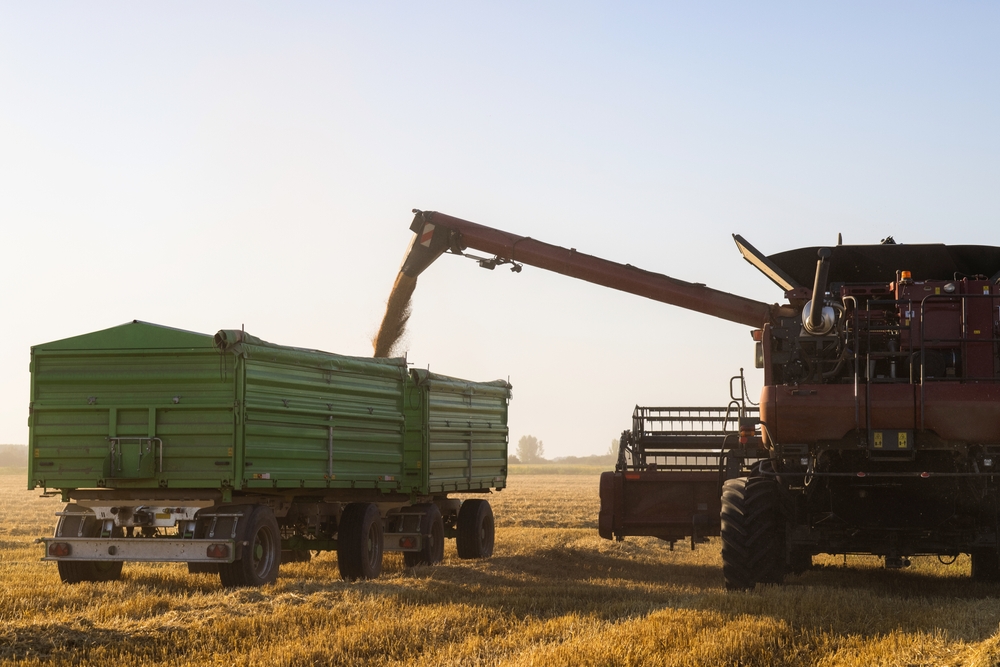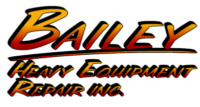Preparing Farm Equipment for Summer Harvest: Heavy Equipment Maintenance Tips

As summer approaches, farmers across Oregon and beyond are gearing up for the busy harvest season. The summer months bring long days of hard work in the fields, and the success of this period often hinges on the reliability of farm equipment. Heavy machinery, such as tractors, combines, and harvesters, are vital to getting crops from the field to the barn or market. However, like any other machinery, these tools require regular maintenance to ensure peak performance during critical moments. Preparing farm equipment for the summer harvest season is essential not just for efficiency, but for the safety of workers and the longevity of the equipment.
The Importance of Seasonal Equipment Maintenance
Before the summer harvest begins, it’s essential to recognize the importance of proper equipment maintenance. When it comes to preparing farm equipment for summer harvest, Oregon farmers—like others in agricultural regions—must ensure that their machines are running smoothly to avoid costly downtime during peak periods. Every piece of equipment is an investment, and neglecting its maintenance can lead to severe problems like engine failure, broken parts, or even accidents in the field.
With the right preventative maintenance, farm equipment can handle the demands of the harvest season. By addressing potential issues in advance, farmers can avoid breakdowns that could otherwise delay or halt harvest activities, causing both financial losses and logistical headaches. Just as farmers spend hours perfecting their crops, so too should they dedicate time to the upkeep of the tools that will bring those crops in. By maintaining farm equipment, they maximize productivity and maintain safe working conditions.
Inspecting and Servicing Engines
One of the first places to start when preparing farm equipment for summer harvest is with the engines. During the off-season or before the busy months, dust, dirt, and debris can accumulate in engine compartments, causing blocks in air and fuel flow or overheating. A proper inspection of the engine’s condition will go a long way toward preventing failure when it’s needed most.
The first step is to check the oil levels and quality. Old oil can lead to engine wear and poor performance, so replacing or topping off the oil as necessary will ensure smooth operation. Likewise, the air and fuel filters need to be checked and replaced if they are clogged or worn out. Clogged filters can reduce the engine’s efficiency and potentially cause engine failure, so it’s critical to check these parts before heading into harvest. Inspecting and cleaning radiator fins is also important to prevent overheating. This may seem like a small task, but neglecting it can lead to significant issues in the field when the machinery is under heavy stress.
Checking belts and hoses for signs of wear and tear is another essential part of engine maintenance. Look for cracks, fraying, or leaks, and replace any parts that show significant signs of damage. Keeping a watchful eye on the engine’s performance now can prevent small issues from turning into catastrophic failures.
Examining and Preparing the Tires
Tires are another often-overlooked component of farm equipment maintenance. They play a critical role in the equipment’s ability to navigate rough fields, support heavy loads, and perform under strenuous conditions. Before embarking on the summer harvest, farmers should thoroughly inspect all tires, including those on tractors, combines, and harvesters.
Start by checking tire pressure. Overinflated or underinflated tires can lead to uneven wear, reduced fuel efficiency, and poor traction on uneven terrain. The correct tire pressure varies depending on the type of equipment, so refer to the manufacturer’s specifications for the appropriate PSI (pounds per square inch). When checking for wear, farmers should pay close attention to any bulging, punctures, or cracks that could lead to blowouts during the harvest. If tires show significant signs of wear, it’s wise to replace them ahead of time.
In addition to inspecting for wear and pressure, it’s crucial to lubricate moving parts like axles, hubs, and bearings. This will help ensure that tires rotate smoothly and reduce the risk of friction-induced breakdowns during the harvest. Ensuring that the tires are in optimal condition will reduce downtime and help machinery function at its best in demanding harvest conditions.
Calibrating and Testing Harvesting Equipment
While engine performance and tire conditions are crucial, it’s also essential to inspect and calibrate harvesting equipment. Whether it’s a combine harvester, a hay baler, or other specialized machines, these pieces of equipment require precise calibration to ensure they work efficiently. Miscalibrated harvesting equipment can lead to poor crop yields, wasted resources, and equipment malfunctions.
Start by inspecting the cutting blades and harvesting mechanisms. For combines, check the reel and auger system for any loose components or worn-out parts. This includes inspecting belts and chains for tension and ensuring the threshing system is working at full capacity. Misalignment in cutting parts can slow down the harvesting process and lead to incomplete or inefficient crop collection.
It’s also important to test the electrical and hydraulic systems of the equipment. These systems control critical functions, such as lifting, lowering, and other operational movements. Checking for leaks, low fluid levels, and worn-out seals can prevent issues that would require time-consuming repairs during the harvest. Keep the hydraulic and fuel systems flushed and topped off, especially before starting heavy operations.
Additionally, inspect all safety equipment, including warning lights, backup alarms, and seat belts. Ensuring that all safety features are functional is not only a legal obligation but a necessary part of keeping workers safe during the intense and often physically demanding harvest season.
Safety Considerations and Final Preparations
Before any farm equipment is put to work in the field, it’s essential to conduct a final round of safety checks. Farm accidents can have severe consequences, so addressing safety issues before the harvest season begins can protect both workers and equipment. A full safety inspection should cover the farm equipment as well as the working environment.
Make sure all equipment is equipped with the necessary protective gear, such as fire extinguishers, first aid kits, and reflective warning signs. Properly trained workers are just as essential to a safe harvest as the machinery they operate. Ensure that all operators are familiar with the equipment’s features, and provide necessary training if needed.
Additionally, ensure that the working environment is as safe as possible. Clear any obstructions or hazards that could damage equipment or cause accidents. Ensure proper lighting is in place, especially if harvesting will continue into the evening or night, as visibility can be limited in large fields. Having a plan in place for emergencies and ensuring clear communication throughout the harvest season will help mitigate risks associated with farm equipment operation.
Conclusion
As you approach the summer harvest season, preparation is key. By focusing on maintenance, safety, and calibration, you can ensure that your equipment is ready to handle the demands of harvesting and transporting crops. Taking the time to inspect and prepare farm equipment not only protects your investment but helps ensure a smoother, more productive season in the fields. So, whether you’re working in Oregon or elsewhere, investing in farm equipment upkeep will keep your machinery in top shape for a successful harvest season ahead.
